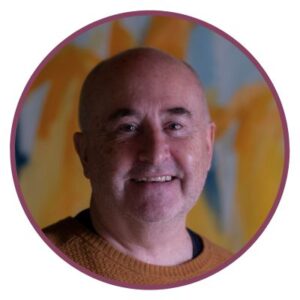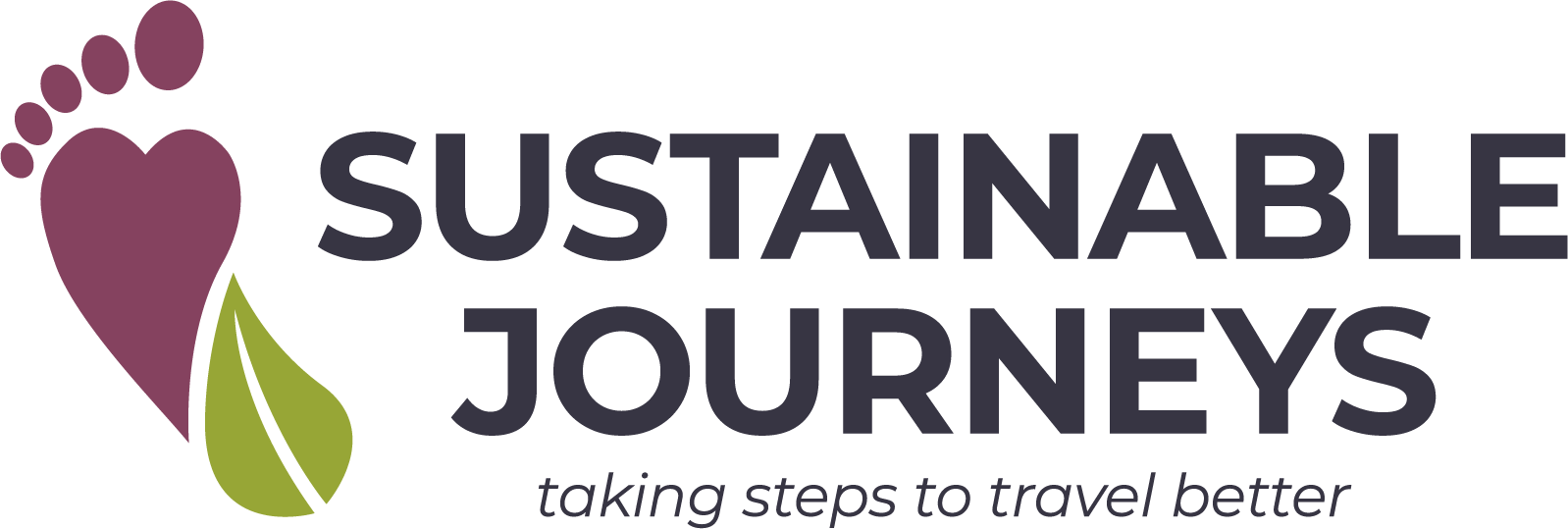
By Tim Bird
Tim Bird is a freelance writer and photographer based in the Finnish capital, Helsinki. Over several decades, he has written about all aspects of Finland, the other Nordic countries and the Baltic region, including sustainable travel issues. He has also won many awards for his travel photography.
It’s seven in the evening, early July, and I’m sitting on a jetty on the edge of a lake in eastern Finland, dressed only in a towel around my waist. Occasionally an agreeable waft of birch wood smoke drifts over my head from the sauna, located at the top of a short flight of wooden steps. The lake is settling into a glassy mirror, but the sun is still high in the warm northern sky. There are a few woolly clouds reflected in the water but no danger of rain, and I’m anticipating a rose-red sunset shortly before midnight. The eerie lament of black-throated divers echoes occasionally from the far side of the lake.
I swig on a bottle of beer, then head back to the comforting chamber of the sauna for ten minutes or so, before skipping back to the jetty and taking another cool, refreshing plunge. It will soon be time to light the grill and prepare a meal from the perch I caught earlier while rowing on the lake.

The perfect quintessential Finnish experience is a combination of these simple rituals. No fuss, no stress, and completely sustainable. There are plenty of fish in the lake, and the adjacent forest is crowded with birch and pine. The vital element around which everything else assembles is that idyllic lakeside location and that sparkling, unpolluted water.
There are 187,888 lakes in Finland, that is, lakes larger than 500 square metres. There are probably at least as many that most of us would call lakes but which Finns dismiss as mere ponds. Finland ranks third in the world league table of lake-blessed nations, behind Canada and Russia. Add some 650 rivers and 82,000 square kilometres of sea, and you get the idea: Finland isn’t short of water, and you’re never far away from it.
Excited to explore the Finnish Lake District for yourself? On this 15-day trip, you’ll explore the must-see attractions of Helsinki, the Lake District, and Tampere. You’ll stay in sustainable accommodation and discover Olavinlinna Castle, enjoy a photography trip on Lake Saimaa, and experience the hip attractions of Tampere.

Water is one of the two most plentiful and conspicuous elements of the Finnish national landscape, along with forest. Finns are always supplied with some of the world’s cleanest drinking water. Helsinki’s water supply passes through a 120 kilometre tunnel from Lake Päijänne, Finland’s second largest lake. There’s no real limit to how much water Finns can splash onto their saunas which, more often than not, are placed near water for refreshing post-sauna dips. Water, in liquid and frozen formats, is uniquely and conspicuously central to Finnish life.
“Nature in general is part of Finnish culture and lifestyle,” says Mari Ahonen, who runs SaimaaLife, offering ‘Find Your Nature’ workshops from Punkaharju on the edge of Lake Saimaa, Europe’s fourth biggest freshwater lake network. An academic study at Jyväskylä University confirms that a so-called Flow with Nature treatment is an effective approach to depression and stress. “The two places where Finns most like to go to deal with anxiety and stress are the forests and close to water.”

You might be thinking plentiful and sustainable water resources mean especially plentiful and unwelcome rainfall. In which case, you will also be surprised to learn that the Finnish capital Helsinki sits comfortably below UK cities such as Liverpool, Sunderland, Swansea and Glasgow, as well as other European cities including Munich and Verona, in the average annual rainy-day total table.
The ubiquitous natural beauty and accessibility of all this water, including in its frozen winter form, helps to make Finland’s case as one giant – and basically very sustainable – adventure playground. It’s a rare Finn that hasn’t learned to swim, and wild-water swimming here is a tradition rather than a fad. That includes taking a dip in open water in winter or in holes in the lake and sea ice – a practice known as avantouinti – as part of the sauna bathing ritual. First-time winter swimmers might be wary of accepting invitations to sample this, but most of those who do readily agree that it has an invigorating, endorphin-boosting effect.

Sauna and swimming in lakes or in the sea are among the most popular experiences for tourists in rural locations, but also in towns and cities. Among Finns the sauna’s popularity shows no signs of dwindling, and the practice is more popular than ever with younger people: sauna is cool!
In European terms, Finland is a big country, but it also has Europe’s third lowest population density – just 19 people for every square kilometre – so ample space for exploration. A network of 41 National Parks that covers every variety of Finnish landscape, including several that embrace the country’s rugged Baltic archipelagos, makes it easy to escape the crowds. The National Parks also contain generous swathes of lakes and other inland waterways, providing endless activity potential, as well as simple mood-lifting, therapeutic visual pleasure. It’s possible to rent cabins or cottages on lake shores or in the archipelagos all over the country, although Saimaa is especially well endowed with these resources.

Dangling a line and hook to tempt perch or pike from a Lakeland rowing boat can be supremely restful, while casting a fly for salmon in fast-flowing wilderness rapids is a more dramatic alternative. White-water rafting is an exhilarating option in many rivers, while renting a kayak or canoe with which to shoot the rapids or take more gentle Lakeland voyages is also easy to arrange. In winter, the lakes are safely frozen, lending themselves to extended cross-country ski tracks and skating rinks. None of these activities need add significant burdens to the environment.
Wherever you are in Finland, some water-based natural feature – a river, a lake, an island – will never be far away, offering space conducive to contemplative meditation. It isn’t necessary to be on or in the water to benefit from its stress-relieving and adventure-enhancing properties. Jump on a ferry from Helsinki’s Market Square for a 15-minute voyage to the Suomenlinna Sea Fortress, for example, or other components of the capital’s archipelago. The islands, with their Baltic views and rocky shorelines, are so close to the city, yet feel completely separated by just a few kilometres of sea from the urban bustle and its plethora of online digital distractions.

Local tourism operators such as Mari Ahonen’s SaimaaLife are increasingly aware of the need to walk the talk when it comes to sustainability. “All SaimaaLife services are planned according to values of nature, humanity and self-growth,” she says. “Ecological aspects are important, but as part of holistic sustainability that takes account of local people as well as visitors.”
Her guests participate in ‘Green Care’ (in the forests) and ‘Blue Care’ (from water) themed wellbeing workshops and nature services. Both are designed to correct emotional imbalance, reduce anxiety and teach ways to strengthen one’s own nature connection in everyday life to gain more health and happiness from natural surroundings and nature elements. Finns benefit from their proximity to all these natural riches, but the benefits are human, not specific to any nationality.
In conclusion, Mari Ahonen refers to words of wisdom attributed to Hippocrates, the ‘founding father’ of medicine when extolling the spiritual and physical virtues of being close to water and the rest of Finland’s ample natural environment: “The further we go from nature, the closer illness comes.”
Feeling inspired? Experience the magic for yourself by booking one of our Sustainable Journeys.
Editorial submission – 16th January 2024









